Teaching Outside the Box
Sarah
Art is a difficult word to define- it means different things to different people. Many of the students here come into my class afraid of art, because they imagine that only realistic figure drawings count as “real” art. One of the main goals of my class is to convince the students (and the volunteers) that anyone can make art. To that end, I have been doing lots of projects focused on surreal and abstract art. Telling the kids that their art doesn’t have to look like anything specific, frees them up to get creative and enjoy the process.
The first project that introduced this idea was realistic/surreal painting. Students had to choose whether they wanted to make a realistic painting (everything looks as it does in life) or a surreal painting (objects are strange shapes, sizes and colors). Interestingly, my students were divided half and half on what they preferred, but all seemed thrilled to be given a choice. My favorite piece was a fishbowl. The student told me he was painting his fish bowl realistically, but then surrounded it with fantastic dashes of color- a surreal background.
I’ve also done projects with music and shape, tracing along the same lines, but my most recent project was the biggest hit so far-students made paintings using marbles and straws. With the marbles, they coated them in paint and then rolled them around a box with a sheet of paper in the bottom. This was a wonderful activity because it engaged many of my kids who are not usually all that interested in art. With the straws, students put a dollop of paint on a black background and then blew on it through the straw to make a firework. The best part of this activity was that one student realized he could blow the straw right on to his paint brush to make a splatter effect. My translator, a fine art student at the university, was amazed by this idea, which came entirely from the students. She took a picture and said that she would hang this art on her own wall. I was not only delighted by the students’ creativity, but also by my translator’s acceptance of this alternative way of teaching art.
Jay
What is music to nine and ten year olds in Nablus? While some may regard it as a wide category already, this summer I hope to expand its bounds even further for everyone. One of my volunteers, Imad, was a bit hesitant about this pursuit, “Jay, when will we learn piano?”
The piano certainly is a beautiful instrument, but I decided against building it into my curriculum. Very few of the youth in our class have access to a piano outside of the TYO Center. I think it is most important for our youth to have a connection to music they can take anywhere. They should never feel a void preventing them from creatively expressing themselves through music; especially because just in that place when times are so hard and there seems to be so little, music has its greatest power to transform communities.
After explaining this rationale, Imad began to see the bag I was holding as full of potential instruments, not simply useless discards. The students needed even less convincing. After splitting the class in two, I gave each group a pile of bottles, jars, lids, and paper towel rolls. Right away, everyone began experimenting with their new instruments, discovering multiple sounds each one could make. Some students eagerly grabbed spoons out of their backpacks to so the “cymbal” would ring more cleanly.
Throughout the class period, each band developed their own song. When they finished, they got to perform their piece for the other group. It was remarkable what complex rhythms the students came up with. The beautiful music brought smiles to all of our faces, but I believe the biggest smile was worn by the conductor of the first group of virtuosos, volunteer Imad.
Hilary
When I first began writing lesson plans for my Music and Art class, I was unsure how exactly to go about teaching music. Should I teach the kids actual music theory? Maybe I should teach them how to play the piano or recorder? Perhaps we should take a tour of music and art styles around the world, or I could focus on singing, teaching a new song each week. The beauty of non-formal education is that the possibilities of style and method are limitless. In the end, what matters is not whether my students can play Beethoven’s Moonlight Sonata, but if they can create music and think for themselves.
I have decided to teach my class in a somewhat traditional way. Thus far, what my students have accomplished is considerable. Each student has learned to write and read one octave on the music staff; they also know how to play these notes on the piano. They can read whole, half, quarter, and eighth notes and rests, clapping out rhythms in a round. They know five different tempo markings in Italian, English, and Arabic.
Before my students start creating music on their own, I want to give them tools and ideas from which to draw. Thus, we began with learning pitch last week. This week, my class covered the concepts of rhythm and tempo, and next week we are going to go over dynamics and melody. My hope is that the kids will be able to apply these ideas when they finally try making music through found instruments at the end of the session.




